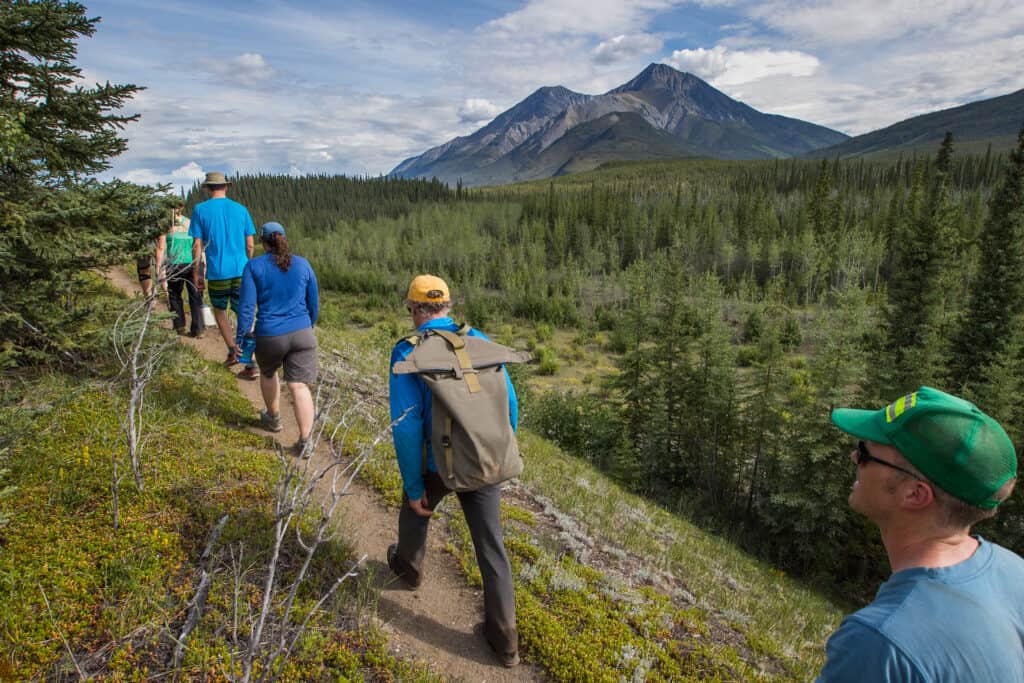Parks Canada has introduced three new digital experiences that allow the public to explore Sable Island National Park Reserve from anywhere in the world.
According to a press release, the remote island, located 290 kilometers southeast of Halifax, Nova Scotia, is home to iconic wild horses, grey seals, and a unique ecosystem that has fascinated people for generations.
Two new digital exhibits on Google Arts and Culture offer immersive ways to engage with the island’s landscapes and research efforts.
The exhibit A Day Trip to Sable Island provides virtual visitors with 360-degree footage and images, giving a close-up look at the island’s unique and remote features.
Another exhibit, Fences in the Sand, highlights a collaborative research project between Parks Canada and the Sable Island Institute, exploring how the wild horse population impacts the island’s ecology through photos, artwork, and interactive visuals.
Additionally, a new video on the Parks Canada YouTube channel features a 360-degree flyover of Sable Island, allowing viewers to experience sweeping views of its beaches, dunes, and ponds in high detail.
These additions expand Parks Canada’s growing digital library, which offers virtual experiences of national heritage sites across the country.
Established in 2013 as Canada’s 43rd national park, Sable Island National Park Reserve is one of the country’s most remote protected areas. It sits at the edge of the Continental Shelf and is home to diverse plant and animal species.
The island, often called “The Graveyard of the Atlantic,” has seen more than 350 shipwrecks along its shores. The Government of Canada continues to support conservation efforts, including the Fences in the Sand project, through its Conservation and Restoration (CoRe) program, which helps maintain ecological integrity and protect species at risk.
Through these virtual initiatives, Parks Canada aims to make Sable Island more accessible, allowing more people to appreciate and learn about its remarkable natural and cultural heritage.
These digital experiences provide a unique opportunity for the public to connect with one of Canada’s most fascinating and isolated landscapes, reinforcing the value of conservation and ecological research in protected areas.








